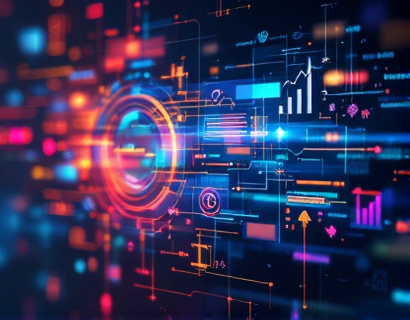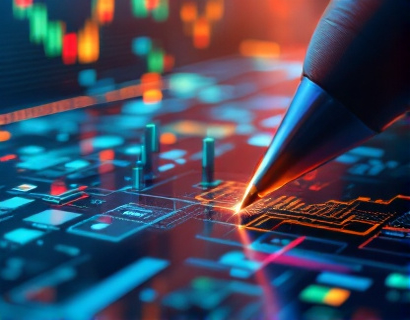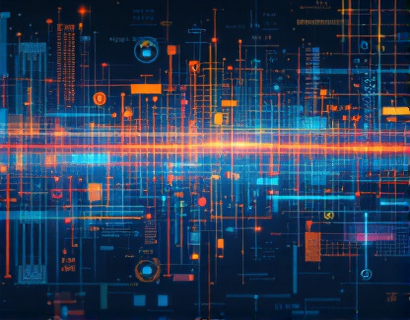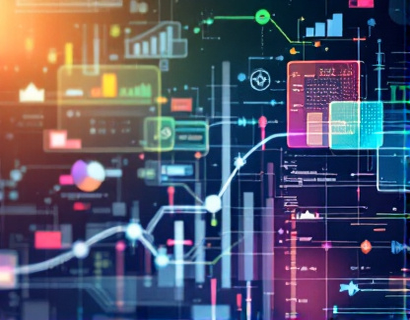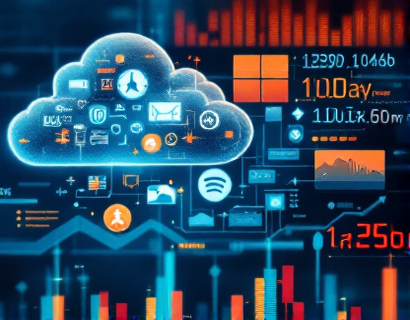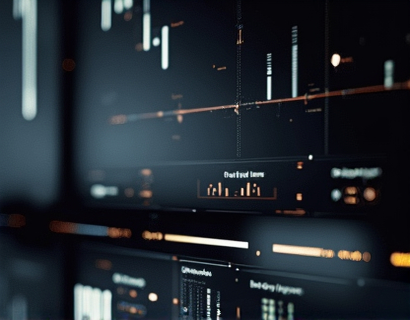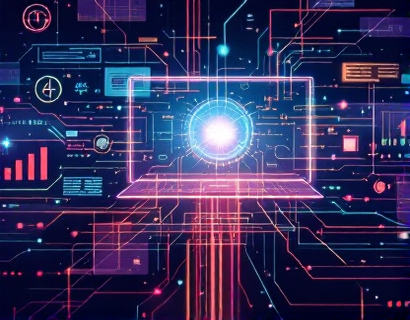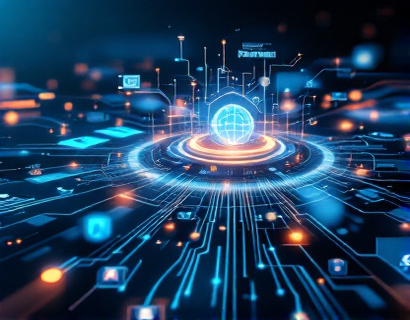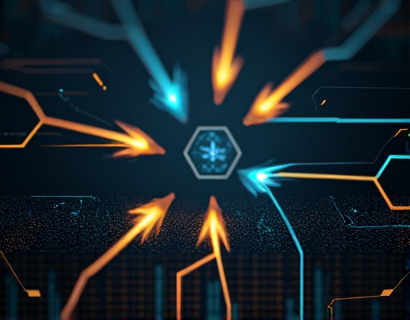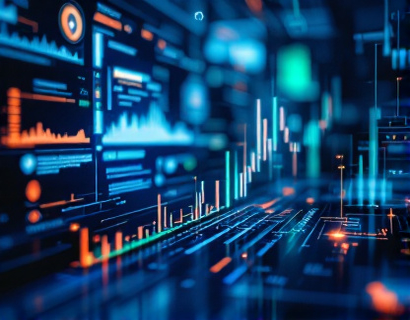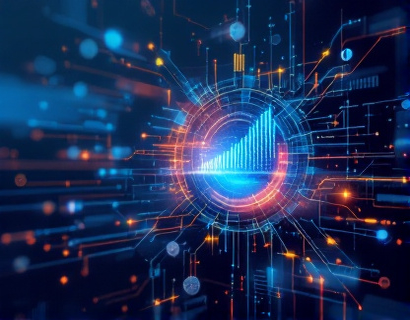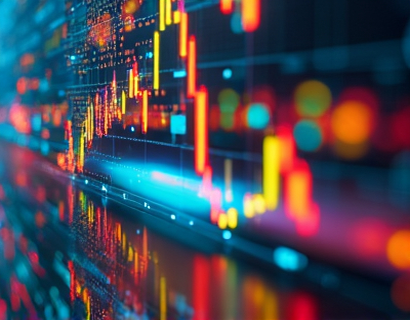Blockchain for Art: Transforming Heritage Tracking and Authenticity with Decentralized Solutions
Blockchain technology, originally designed for cryptocurrencies, has found a novel application in the art and cultural heritage sector. This decentralized ledger system offers a robust framework for tracking the authenticity and provenance of historical artifacts and artworks. By leveraging blockchain, the art world can ensure secure ownership, foster trust, and enhance collaboration among collectors, museums, and cultural institutions. This transformation is crucial for preserving and managing valuable cultural assets for future generations.
The traditional methods of verifying ownership and provenance in the art world are often cumbersome and susceptible to fraud. Documents such as certificates of authenticity, sale records, and exhibition histories are typically stored in disparate locations, making it difficult to verify the legitimacy of an artwork. Blockchain technology addresses these challenges by providing a immutable and transparent record of an artwork's history. Each transaction, from creation to current ownership, is recorded on the blockchain, creating an unalterable chain of custody.
Enhancing Provenance Verification
Provenance, the history of an artwork's ownership, is a critical aspect of its value and authenticity. Blockchain ensures that every step in an artwork's journey is documented and verifiable. When an artist creates a piece, the blockchain records the transaction, including the artist's signature, the date of creation, and any initial sales information. Subsequent transactions, such as auctions or private sales, are also logged, providing a comprehensive and tamper-proof history.
This level of transparency reduces the risk of forgeries and fraudulent transactions. Collectors and institutions can confidently purchase artworks, knowing that the blockchain provides an indisputable record of its history. For instance, a blockchain-based platform can link an artwork to its original creation data, exhibition history, and previous owners, all accessible with a simple query. This not only enhances the credibility of the artwork but also increases its market value.
Secure Ownership and Transfer
Ownership of artworks is often a complex and sensitive issue. Blockchain simplifies this process by providing a secure and efficient way to transfer ownership. Smart contracts, self-executing contracts with the terms directly written into code, can automate the transfer of ownership once certain conditions are met. For example, a smart contract can release ownership to a new buyer once the payment is confirmed.
This automation reduces the need for intermediaries such as lawyers and notaries, lowering transaction costs and speeding up the process. Moreover, the decentralized nature of blockchain ensures that ownership records are not controlled by any single entity, reducing the risk of manipulation or loss. This secure transfer mechanism fosters trust among parties and encourages a more dynamic and accessible art market.
Preservation of Cultural Heritage
The preservation of cultural heritage is a global concern, and blockchain technology plays a pivotal role in this effort. By recording detailed information about artifacts, including their origin, materials, and historical significance, blockchain helps in the systematic documentation and preservation of cultural heritage. This data can be used by researchers, conservators, and historians to study and protect these invaluable assets.
For example, blockchain can track the condition and restoration history of artifacts, ensuring that any changes are documented and verified. This transparency is crucial for maintaining the integrity of cultural objects and ensuring they are preserved for future generations. Additionally, blockchain can facilitate international cooperation in heritage preservation by providing a shared, accessible database of cultural assets.
Digital Preservation and Access
Beyond physical artifacts, blockchain also aids in the digital preservation of art and cultural heritage. Digital art, in particular, faces unique challenges in terms of ownership and authenticity. Blockchain provides a secure platform for creating, selling, and verifying digital artworks. Each digital piece can be uniquely identified and recorded on the blockchain, ensuring its authenticity and provenance.
Moreover, blockchain can enhance access to cultural heritage by making digital records and artifacts available to a global audience. Museums and cultural institutions can use blockchain to create digital twins of their collections, allowing people worldwide to explore and learn about these treasures without physical access. This democratization of cultural heritage not only preserves it but also promotes education and appreciation across diverse communities.
Collaboration and Trust Among Stakeholders
The art and cultural heritage sector benefits greatly from the collaboration and trust that blockchain fosters. Collectors, museums, and cultural institutions can work together more effectively, sharing data and resources on the blockchain. This collaborative environment reduces duplication of efforts and enhances the overall management of cultural assets.
For instance, a consortium of museums can use a shared blockchain to track the loan and exhibition of artworks, ensuring that all parties have real-time access to the same information. This transparency builds trust and ensures that each institution adheres to agreed-upon terms. Similarly, collectors can collaborate to create comprehensive databases of rare and valuable items, benefiting the entire community.
Challenges and Considerations
While the potential of blockchain in the art and cultural heritage sector is significant, there are challenges that need to be addressed. One major concern is the scalability of blockchain networks. Current blockchain technologies may struggle to handle the high volume of transactions required for widespread adoption in the art market. However, ongoing developments in blockchain scalability, such as layer 2 solutions and sharding, are addressing these issues.
Another consideration is the integration of blockchain with existing systems. Museums and cultural institutions often have legacy systems that may not easily accommodate blockchain technology. A gradual and strategic approach to integration is essential to ensure smooth operations and maximize the benefits of blockchain.
Future Prospects
The future of blockchain in the art and cultural heritage sector is promising. As the technology matures and more stakeholders adopt it, the benefits will become more pronounced. Enhanced security, transparency, and efficiency will continue to drive innovation in how we manage and preserve cultural assets.
Additionally, the intersection of blockchain with other technologies, such as the Internet of Things (IoT) and artificial intelligence (AI), opens new possibilities. For example, IoT devices can monitor the environmental conditions of stored artifacts, with data recorded on the blockchain to ensure optimal preservation. AI can analyze blockchain data to identify trends and patterns, aiding in the authentication and valuation of artworks.
In conclusion, blockchain technology is transforming the way we track and preserve cultural heritage. By providing a secure, transparent, and decentralized solution, it addresses longstanding challenges in the art world. As more stakeholders embrace this technology, we can look forward to a future where the authenticity and provenance of artworks are guaranteed, and cultural heritage is preserved for generations to come.




